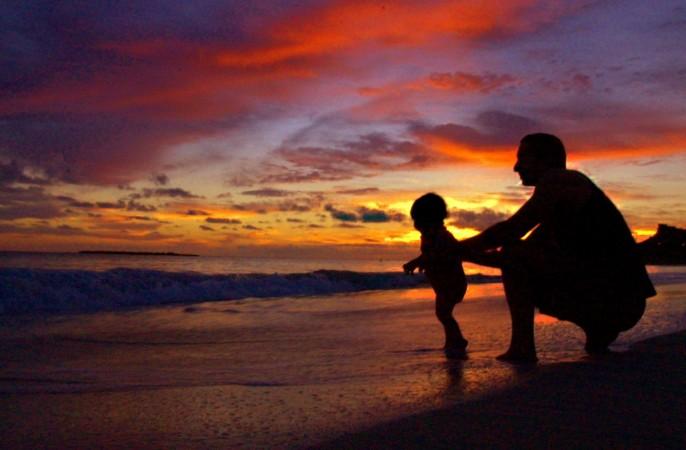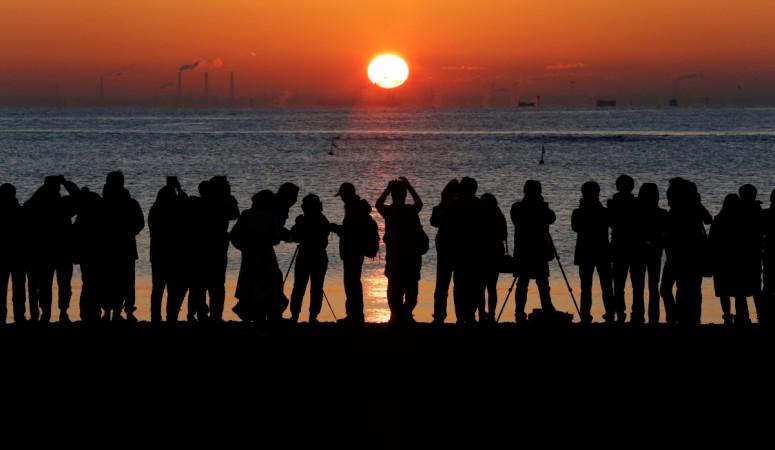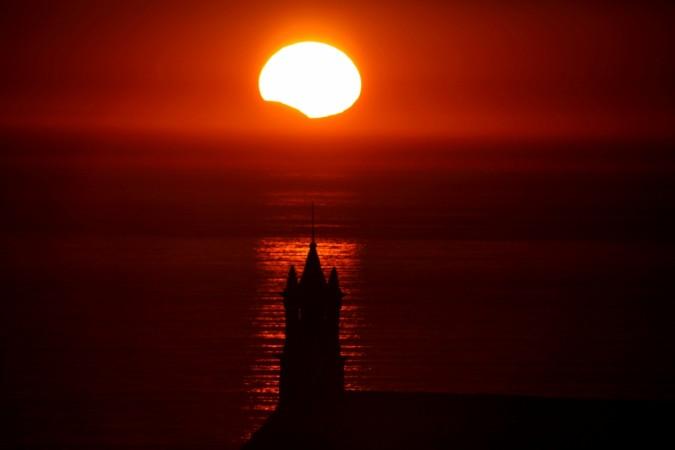
The Earth's northern hemisphere is experiencing its longest day of the year on Thursday, June 21. The solstice marks the beginning of the summer season where the Sun will rise early and set late, giving people a few extra hours of sunlight.
While most people know what it is and have heard of it, not many seem to understand exactly how it works. Why does the day get a little longer, year after year around June 20- 22?
It all boils down to Axial tilt, explains the National Geographic. The planet is tilted on its north pole to south pole axis by about 23.5 degrees which means different parts of the Earth receive different levels of sunshine. This tilt as such is very important and astronomers say that this tilt is vital for life to flourish. In fact, even planets that are inside the Goldilocks Zone of stars might get too cold if their axial tilt is off.
During a short period of time in the month of June, this axial tilt makes the Sun shine directly overhead along the Tropic of Cancer. This makes the regions near the Tropic of Cancer in the upper hemisphere get a lot more sunlight than the rest of the planet. In places north of the Tropic of Cancer get more and more hours of daylight during the summer solstice
Alaska, for example, will be getting about 22 hours of sunlight, while places further down from there, will receive about 14 to 16 hours on the day.
The southern hemisphere will be experiencing their winter solstice on the same day, so this means for those south of the equator, today will be their shortest day of the year, with far less sunshine.

What happens during the solstice?
Apart from the long daytime, those in the northern hemisphere will see the shortest possible shadow today at high noon because the high arc of the Sun will be visible during the solstice where it will be at its highest possible point above the horizon. This does not mean the Earth is really close to the Sun on this day, it is just facing it directly.
The longest day of the year, more sunlight, Sun directly above the head, that means the hottest day as well right? Not really, say experts. The length of days keeps on decreasing as the days go by as the northern hemisphere tilts away from the Sun. The heat is simply trapped by the atmosphere and oceans, which act like heat sinks and then later give it out during the June to August period. The solstice is, after all only the start of summer.
"If you think about turning up an oven, it takes it a long time to heat up," Robert Howell, an astronomer at the University of Wyoming told National Geographic. "And after you turn it off, it takes a while for it to cool down. It's the same with the Earth."
Traditionally, summer solstice also kicks off the harvest season in many parts of the world, so there is a strong link to the celestial event and fertility, notes a report by CNN. This concept of fertility is not only held true with crops, but also with people. "A lot of children are born nine months after Midsummer in Sweden," says Jan-Öjvind Swahn, a Swedish ethnologist and the author of several books on the subject.
Solstice is also a time to celebrate in that region, says the researcher. In fact, festivities tend to get quite rancorous around this time of year. "Drinking is the most typical Midsummer tradition. There are historical pictures of people drinking to the point where they can't go on anymore," says Swahn.
It is possible that the festival spirit definitely has a hand in the baby boom that follows almost every year, Swahn says. Even without the alcohol to act as a lubricant, the solstice is reportedly rich in romantic ritual.
So in conclusion, the Earth is tilted, summer is here, the day is long and bright, a lot of wild festivities take place and it is followed by a lot of sex. Happy times.













!['Had denied Housefull franchise as they wanted me to wear a bikini': Tia Bajpai on turning down bold scripts [Exclusive]](https://data1.ibtimes.co.in/en/full/806605/had-denied-housefull-franchise-they-wanted-me-wear-bikini-tia-bajpai-turning-down-bold.png?w=220&h=138)
![Nayanthara and Dhanush ignore each other as they attend wedding amid feud over Nayanthara's Netflix documentary row [Watch]](https://data1.ibtimes.co.in/en/full/806599/nayanthara-dhanush-ignore-each-other-they-attend-wedding-amid-feud-over-nayantharas-netflix.jpg?w=220&h=138)



